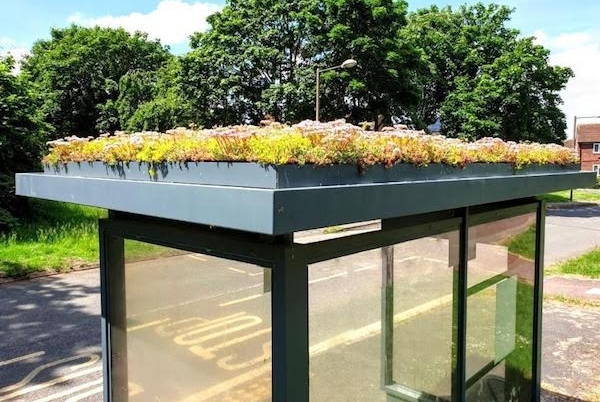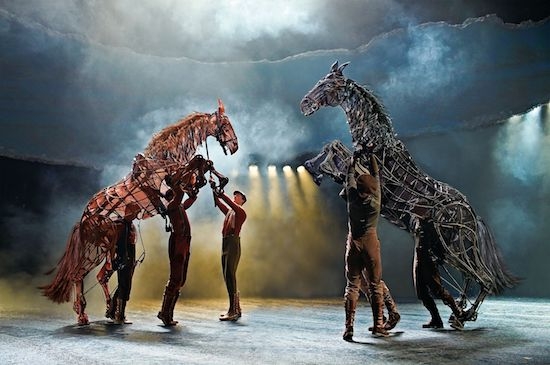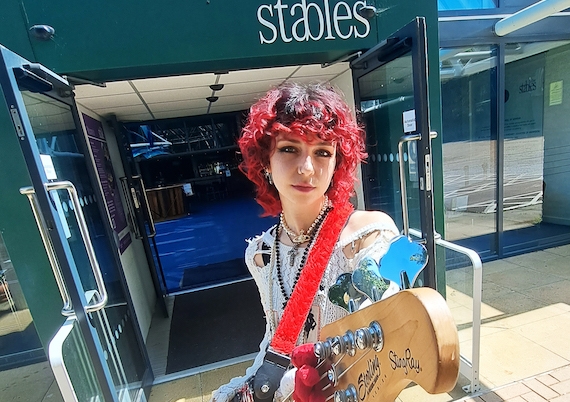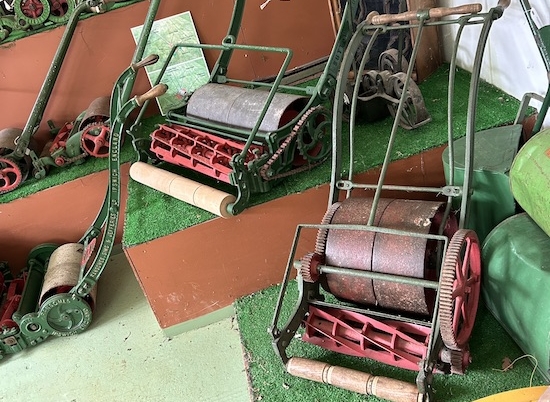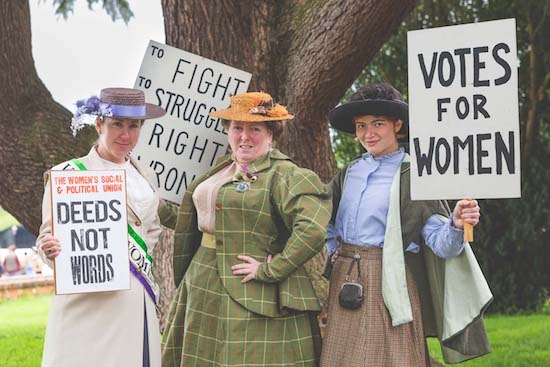More than 1,000 pollinating species such as bees and beetles could be benefiting from council work to increase wildflower verges and meadows in Milton Keynes, and plants such as Bee Orchids are beginning to make a local comeback.
In the last century, around 97% of native wildflower meadows were lost across Britain, and bees and other pollinators are in decline.
As part of its sustainability strategy and intending MK become one of the world’s greenest cities, Milton Keynes Council is creating new and useful biodiverse spaces for bees and other pollinators.
Wildflowers provide food – including pollen, shelter and places to breed for insects, and the insects themselves then provide more plentiful food for creatures up the chain such as birds, bats and amphibians.
The council is working to create new woodland and wildflower corridors in Milton Keynes including along MK’s famous grid roads. It’s also planning to reduce its mowing cycle (where safe to do so, for driving sightlines) to allow plants to flourish. The latest grid road mowing period is currently underway.
Follow Total MK on Facebook: here and twitter here for breaking news in Milton Keynes
In addition, green roofs featuring sedum planting, which are hardy plants with water storing leaves, have been added to 30 bus shelters as a pilot, with further planned in partnership with town and parish councils across the borough in the future.
Wildflowers seeded in Milton Keynes include:
Rough Hawkbit (Leontodon Hispidus) – yellow petalled and sometimes mistaken for a dandelion, this plant produces one of the highest amounts of nectar and can even smell of honey.
Yarrow (Achillea Millefolium) – also called thousand-leaf and nosebleed plant, these white flowers were historically used to stop the flow of blood from wounds. One superstition said plucking yarrow and putting it under your pillow would allow you to dream about – and meet - your true love.
Ox eye daisy (Leucanthermum Vulgare)– also called moon daisy as the blooms are so bright they can appear to glow in moonlight, each plant can produce up to 26,000 seeds.
Self-heal (Prunella Vulgaris) – part of the mint family, this purple herb is edible and has been used by aboriginal cultures to treat ailments.
Betony (Stachys Officianlys)– also known as bishopwort, this purple plant was planted in ancient churchyards to prevent ghostly apparitions, as well as being revered by apothecaries for medicinal purposes from treating snake bites to preventing drunkenness; even today it is used to treat migraines and blood pressure.
As a result of the council’s action, the number of wildflowers along miles of green spaces has increased, which has a positive impact on more than 1,000 different species.
If you’d like to help increase the biodiversity in Milton Keynes, you should plant a variety of flowers in your garden (ideally ones with different flowering times) including native wildflowers.
Don’t be too fast to trim lawns, especially those with dandelions or clover. And you might want to add a bee hotel or even just a small rock pile as a place for creatures to live.


